Towards Explaining Adversarial Examples Phenomenon in Artificial Neural Networks
Ramin Barati,
Reza Safabakhsh,
Mohammad Rahmati

Auto-TLDR; Convolutional Neural Networks and Adversarial Training from the Perspective of convergence
Similar papers
Verifying the Causes of Adversarial Examples
Honglin Li, Yifei Fan, Frieder Ganz, Tony Yezzi, Payam Barnaghi

Auto-TLDR; Exploring the Causes of Adversarial Examples in Neural Networks
Abstract Slides Poster Similar
Accuracy-Perturbation Curves for Evaluation of Adversarial Attack and Defence Methods
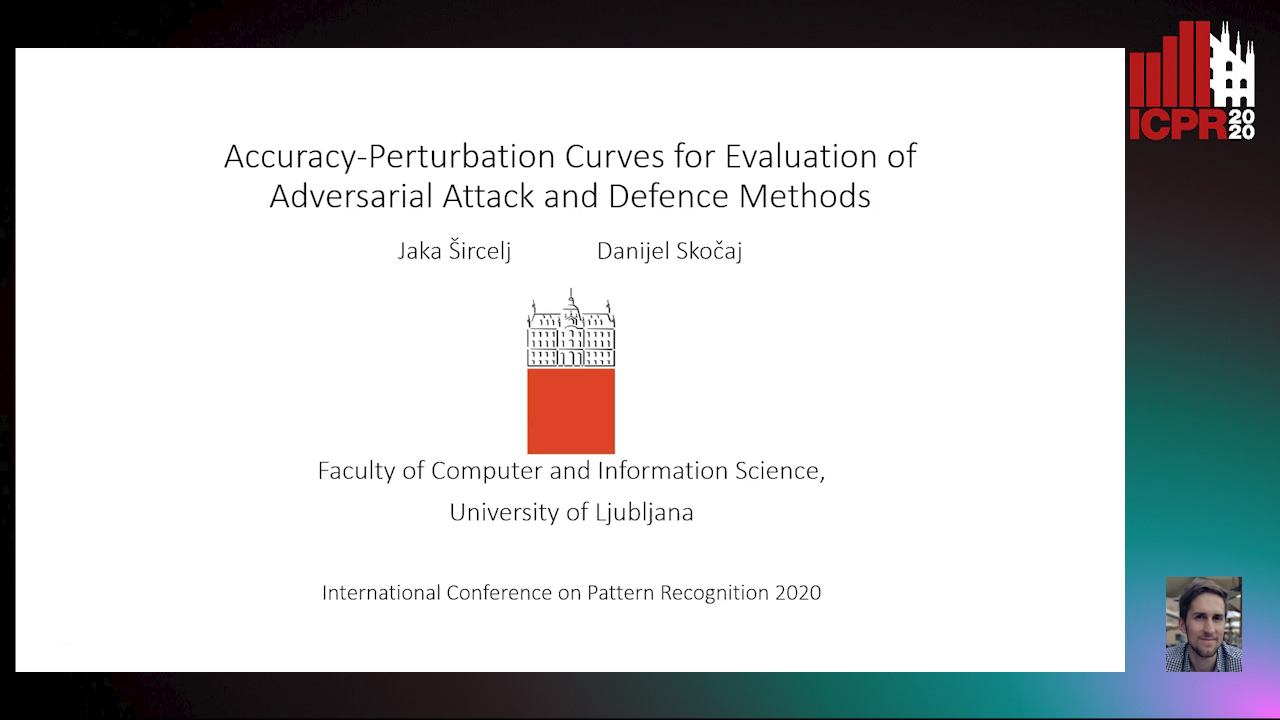
Auto-TLDR; Accuracy-perturbation Curve for Robustness Evaluation of Adversarial Examples
Abstract Slides Poster Similar
Variational Inference with Latent Space Quantization for Adversarial Resilience
Vinay Kyatham, Deepak Mishra, Prathosh A.P.

Auto-TLDR; A Generalized Defense Mechanism for Adversarial Attacks on Data Manifolds
Abstract Slides Poster Similar
Defense Mechanism against Adversarial Attacks Using Density-Based Representation of Images
Yen-Ting Huang, Wen-Hung Liao, Chen-Wei Huang
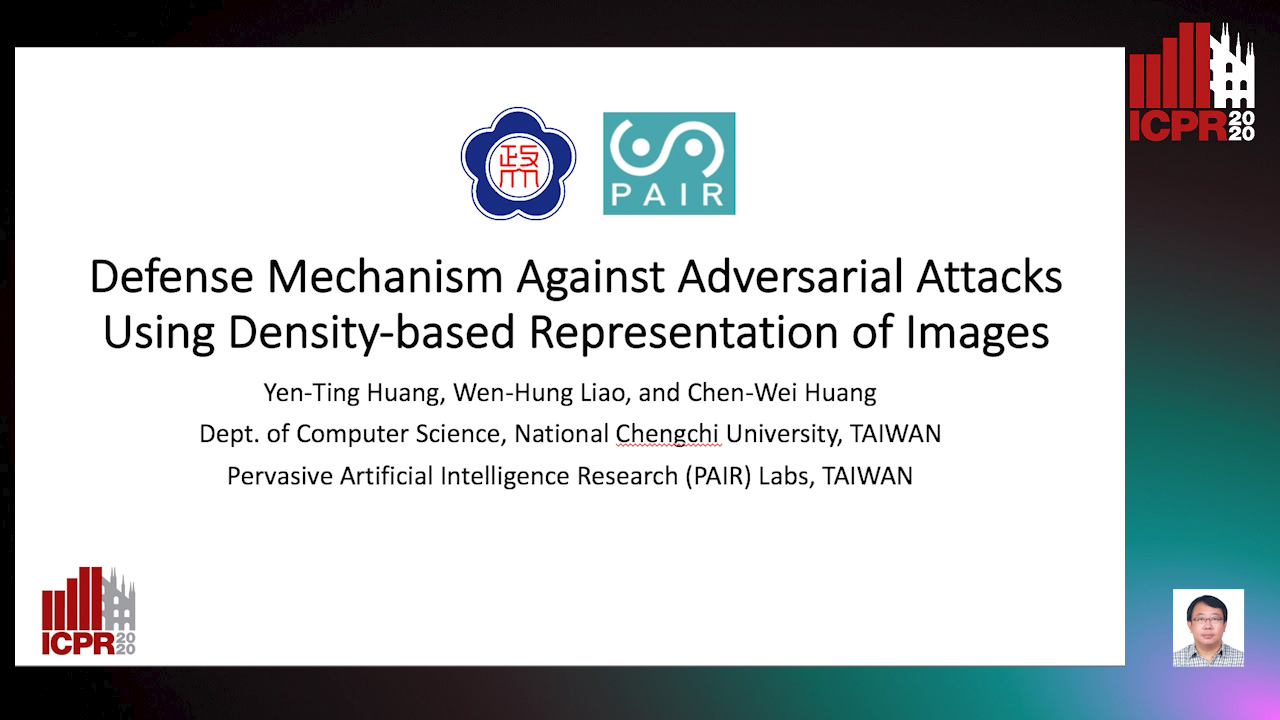
Auto-TLDR; Adversarial Attacks Reduction Using Input Recharacterization
Abstract Slides Poster Similar
Beyond Cross-Entropy: Learning Highly Separable Feature Distributions for Robust and Accurate Classification
Arslan Ali, Andrea Migliorati, Tiziano Bianchi, Enrico Magli

Auto-TLDR; Gaussian class-conditional simplex loss for adversarial robust multiclass classifiers
Abstract Slides Poster Similar
Killing Four Birds with One Gaussian Process: The Relation between Different Test-Time Attacks
Kathrin Grosse, Michael Thomas Smith, Michael Backes

Auto-TLDR; Security of Gaussian Process Classifiers against Attack Algorithms
Abstract Slides Poster Similar
Adversarially Training for Audio Classifiers
Raymel Alfonso Sallo, Mohammad Esmaeilpour, Patrick Cardinal

Auto-TLDR; Adversarially Training for Robust Neural Networks against Adversarial Attacks
Abstract Slides Poster Similar
Optimal Transport As a Defense against Adversarial Attacks
Quentin Bouniot, Romaric Audigier, Angélique Loesch

Auto-TLDR; Sinkhorn Adversarial Training with Optimal Transport Theory
Abstract Slides Poster Similar
F-Mixup: Attack CNNs from Fourier Perspective
Xiu-Chuan Li, Xu-Yao Zhang, Fei Yin, Cheng-Lin Liu
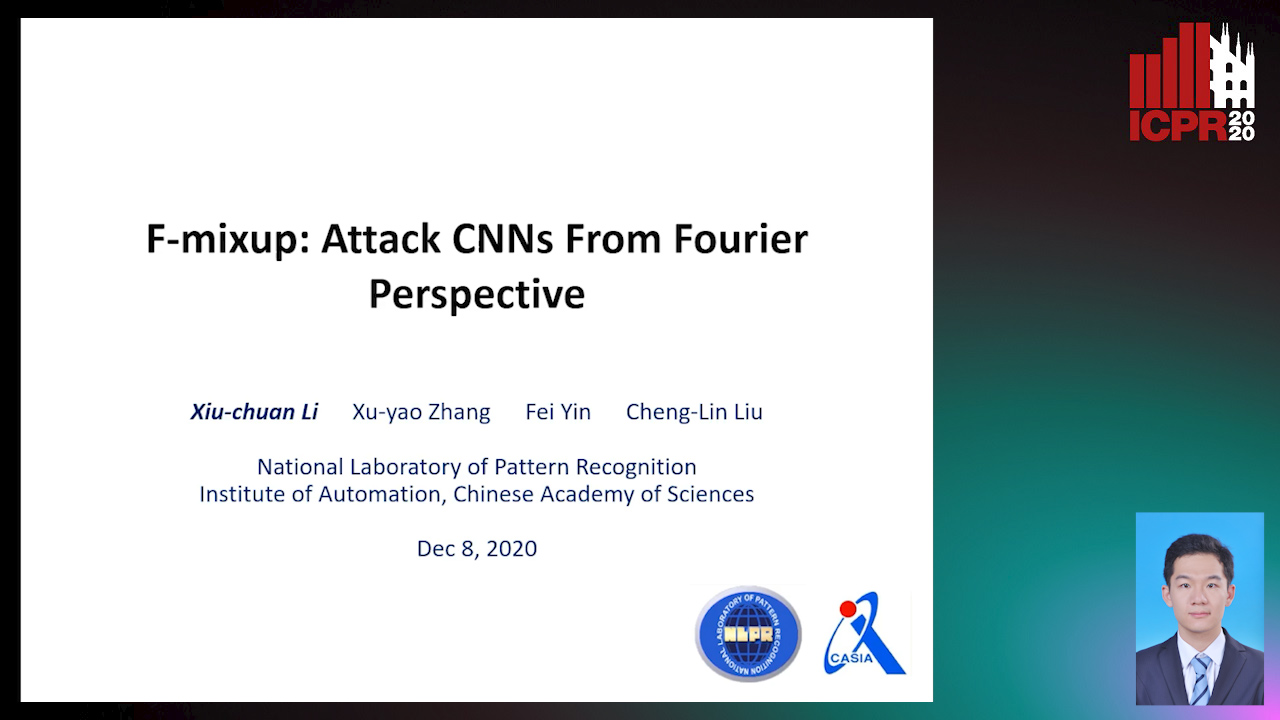
Auto-TLDR; F-Mixup: A novel black-box attack in frequency domain for deep neural networks
Abstract Slides Poster Similar
Adaptive Noise Injection for Training Stochastic Student Networks from Deterministic Teachers
Yi Xiang Marcus Tan, Yuval Elovici, Alexander Binder

Auto-TLDR; Adaptive Stochastic Networks for Adversarial Attacks
Explain2Attack: Text Adversarial Attacks via Cross-Domain Interpretability
Mahmoud Hossam, Le Trung, He Zhao, Dinh Phung
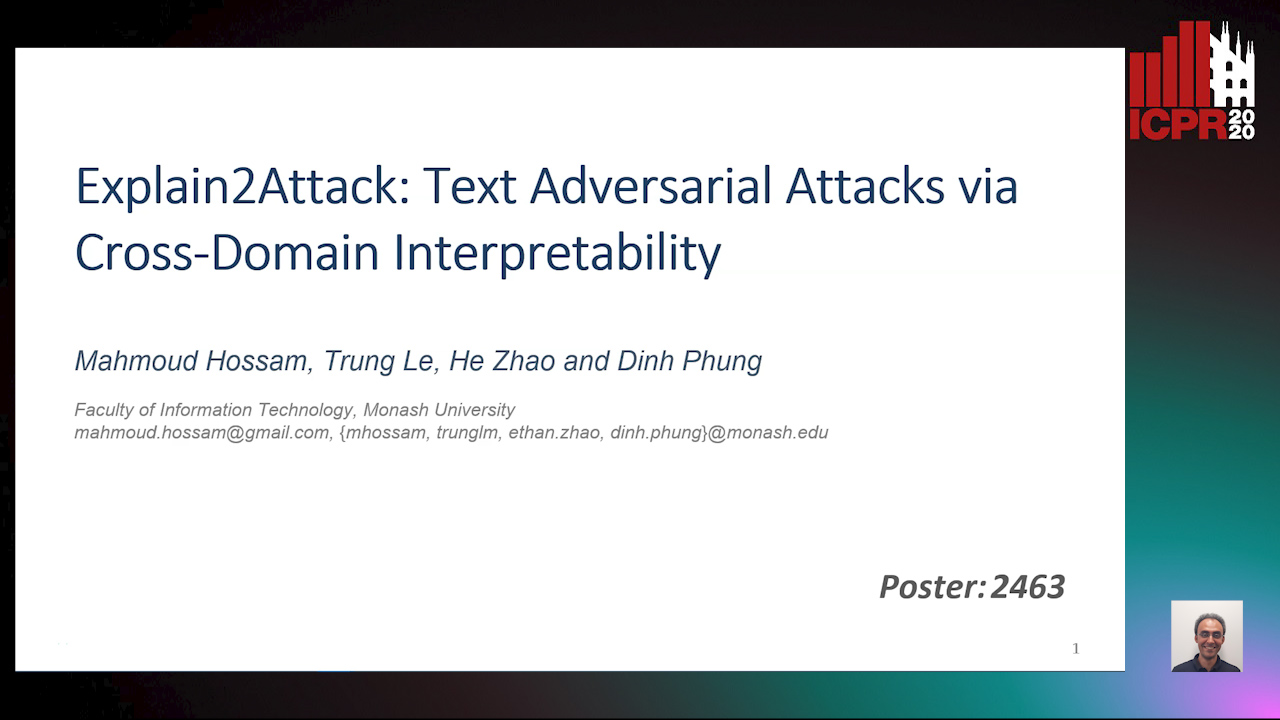
Auto-TLDR; Transfer2Attack: A Black-box Adversarial Attack on Text Classification
Abstract Slides Poster Similar
Attack Agnostic Adversarial Defense via Visual Imperceptible Bound
Saheb Chhabra, Akshay Agarwal, Richa Singh, Mayank Vatsa
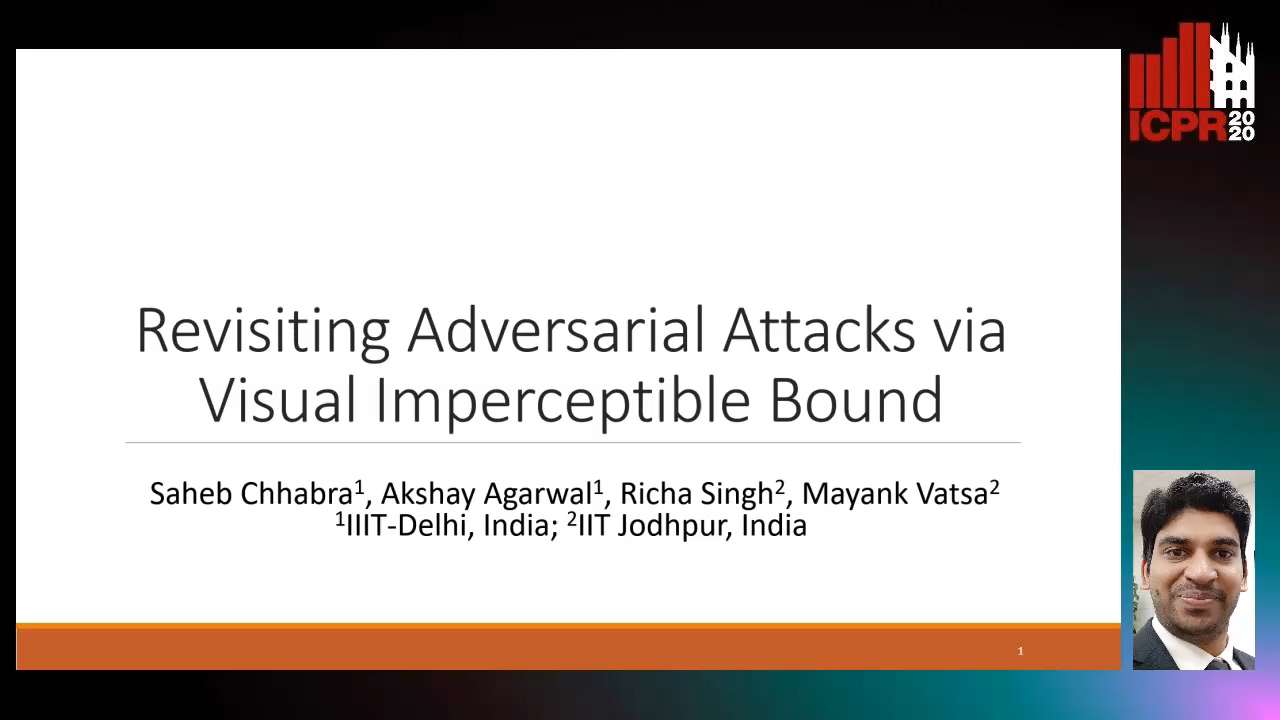
Auto-TLDR; Robust Adversarial Defense with Visual Imperceptible Bound
Abstract Slides Poster Similar
Attack-Agnostic Adversarial Detection on Medical Data Using Explainable Machine Learning
Matthew Watson, Noura Al Moubayed

Auto-TLDR; Explainability-based Detection of Adversarial Samples on EHR and Chest X-Ray Data
Abstract Slides Poster Similar
Understanding Integrated Gradients with SmoothTaylor for Deep Neural Network Attribution
Gary Shing Wee Goh, Sebastian Lapuschkin, Leander Weber, Wojciech Samek, Alexander Binder

Auto-TLDR; SmoothGrad: bridging Integrated Gradients and SmoothGrad from the Taylor's theorem perspective
Task-based Focal Loss for Adversarially Robust Meta-Learning
Yufan Hou, Lixin Zou, Weidong Liu

Auto-TLDR; Task-based Adversarial Focal Loss for Few-shot Meta-Learner
Abstract Slides Poster Similar
A Delayed Elastic-Net Approach for Performing Adversarial Attacks
Brais Cancela, Veronica Bolon-Canedo, Amparo Alonso-Betanzos
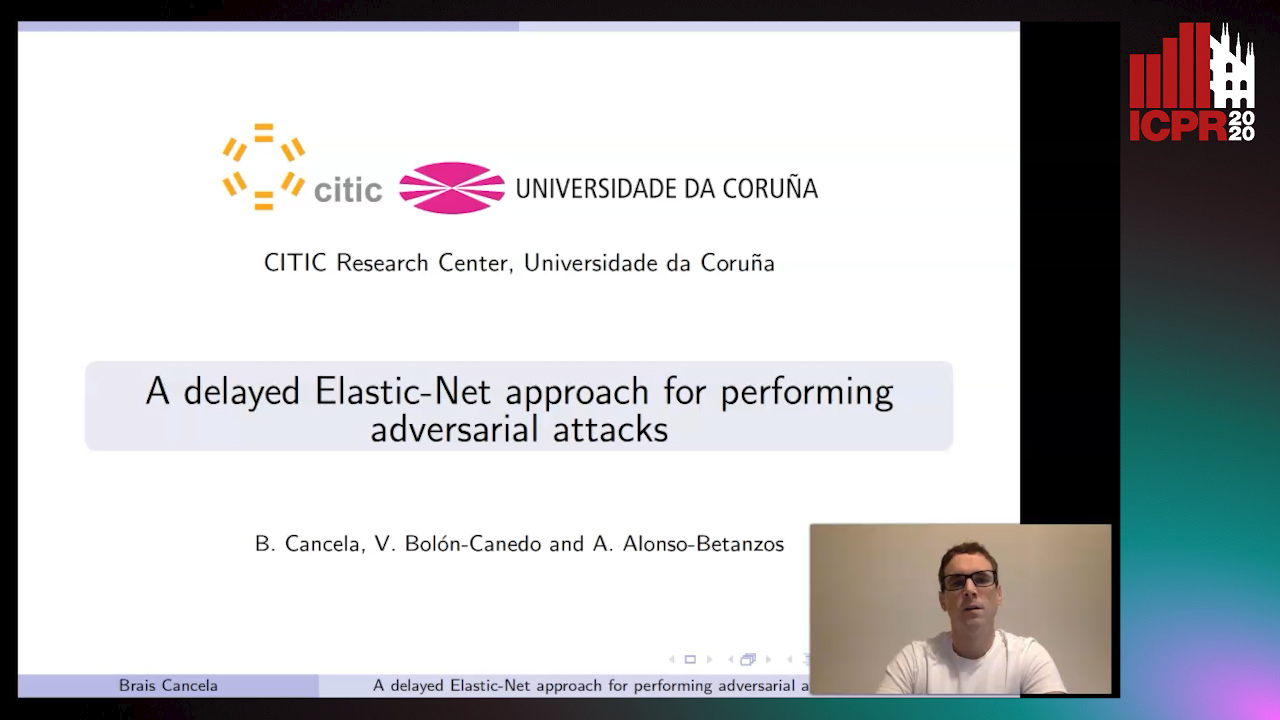
Auto-TLDR; Robustness of ImageNet Pretrained Models against Adversarial Attacks
Abstract Slides Poster Similar
How Does DCNN Make Decisions?
Yi Lin, Namin Wang, Xiaoqing Ma, Ziwei Li, Gang Bai
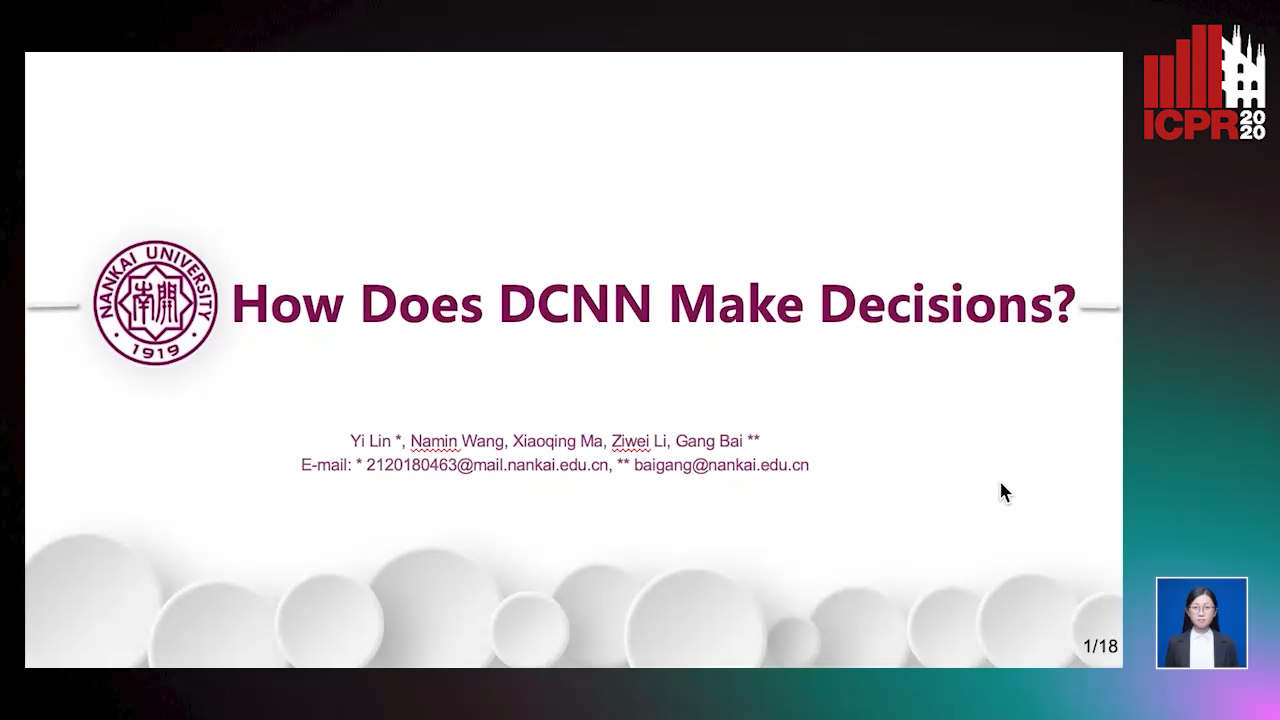
Auto-TLDR; Exploring Deep Convolutional Neural Network's Decision-Making Interpretability
Abstract Slides Poster Similar
Polynomial Universal Adversarial Perturbations for Person Re-Identification
Wenjie Ding, Xing Wei, Rongrong Ji, Xiaopeng Hong, Yihong Gong
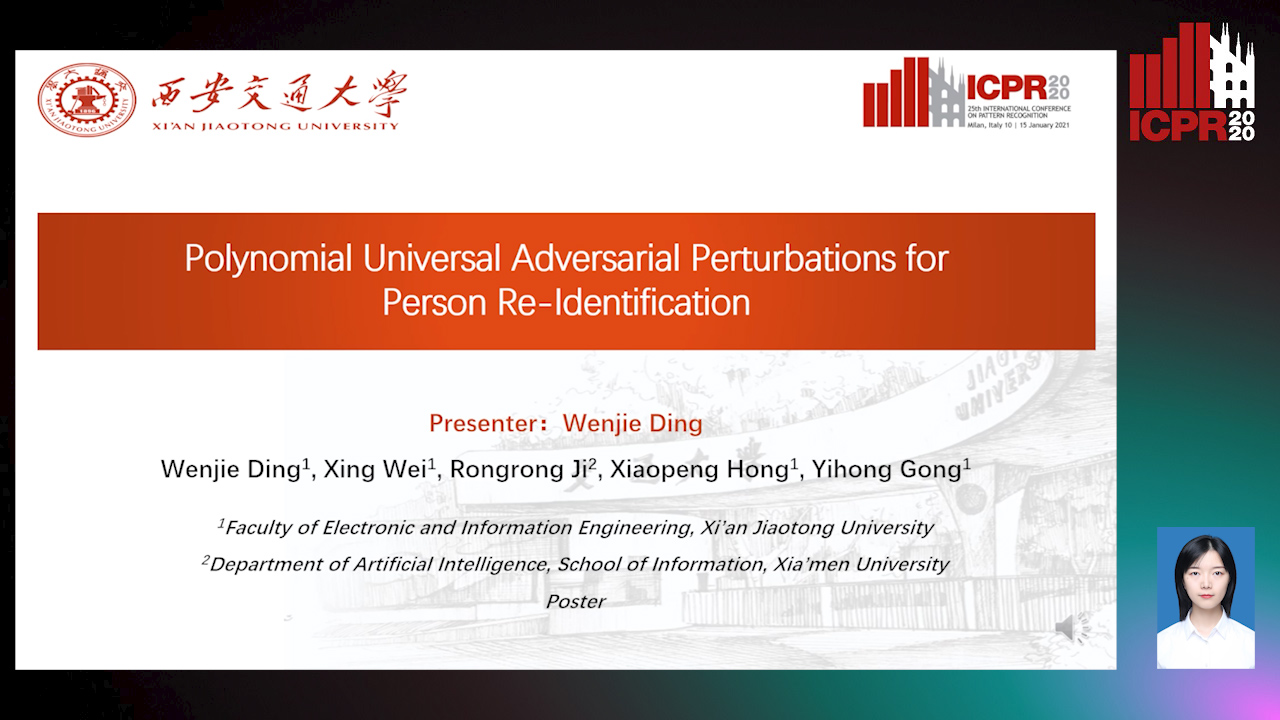
Auto-TLDR; Polynomial Universal Adversarial Perturbation for Re-identification Methods
Abstract Slides Poster Similar
CCA: Exploring the Possibility of Contextual Camouflage Attack on Object Detection
Shengnan Hu, Yang Zhang, Sumit Laha, Ankit Sharma, Hassan Foroosh

Auto-TLDR; Contextual camouflage attack for object detection
Abstract Slides Poster Similar
Auto Encoding Explanatory Examples with Stochastic Paths
Cesar Ali Ojeda Marin, Ramses J. Sanchez, Kostadin Cvejoski, Bogdan Georgiev

Auto-TLDR; Semantic Stochastic Path: Explaining a Classifier's Decision Making Process using latent codes
Abstract Slides Poster Similar
On-Manifold Adversarial Data Augmentation Improves Uncertainty Calibration
Kanil Patel, William Beluch, Dan Zhang, Michael Pfeiffer, Bin Yang

Auto-TLDR; On-Manifold Adversarial Data Augmentation for Uncertainty Estimation
A Joint Representation Learning and Feature Modeling Approach for One-Class Recognition
Pramuditha Perera, Vishal Patel

Auto-TLDR; Combining Generative Features and One-Class Classification for Effective One-class Recognition
Abstract Slides Poster Similar
Learning with Multiplicative Perturbations

Auto-TLDR; XAT and xVAT: A Multiplicative Adversarial Training Algorithm for Robust DNN Training
Abstract Slides Poster Similar
Boundary Optimised Samples Training for Detecting Out-Of-Distribution Images
Luca Marson, Vladimir Li, Atsuto Maki

Auto-TLDR; Boundary Optimised Samples for Out-of-Distribution Input Detection in Deep Convolutional Networks
Abstract Slides Poster Similar
Boundaries of Single-Class Regions in the Input Space of Piece-Wise Linear Neural Networks

Auto-TLDR; Piece-wise Linear Neural Networks with Linear Constraints
RNN Training along Locally Optimal Trajectories via Frank-Wolfe Algorithm
Yun Yue, Ming Li, Venkatesh Saligrama, Ziming Zhang

Auto-TLDR; Frank-Wolfe Algorithm for Efficient Training of RNNs
Abstract Slides Poster Similar
Dimensionality Reduction for Data Visualization and Linear Classification, and the Trade-Off between Robustness and Classification Accuracy
Martin Becker, Jens Lippel, Thomas Zielke

Auto-TLDR; Robustness Assessment of Deep Autoencoder for Data Visualization using Scatter Plots
Abstract Slides Poster Similar
Generalization Comparison of Deep Neural Networks Via Output Sensitivity
Mahsa Forouzesh, Farnood Salehi, Patrick Thiran

Auto-TLDR; Generalization of Deep Neural Networks using Sensitivity
AdvHat: Real-World Adversarial Attack on ArcFace Face ID System
Stepan Komkov, Aleksandr Petiushko
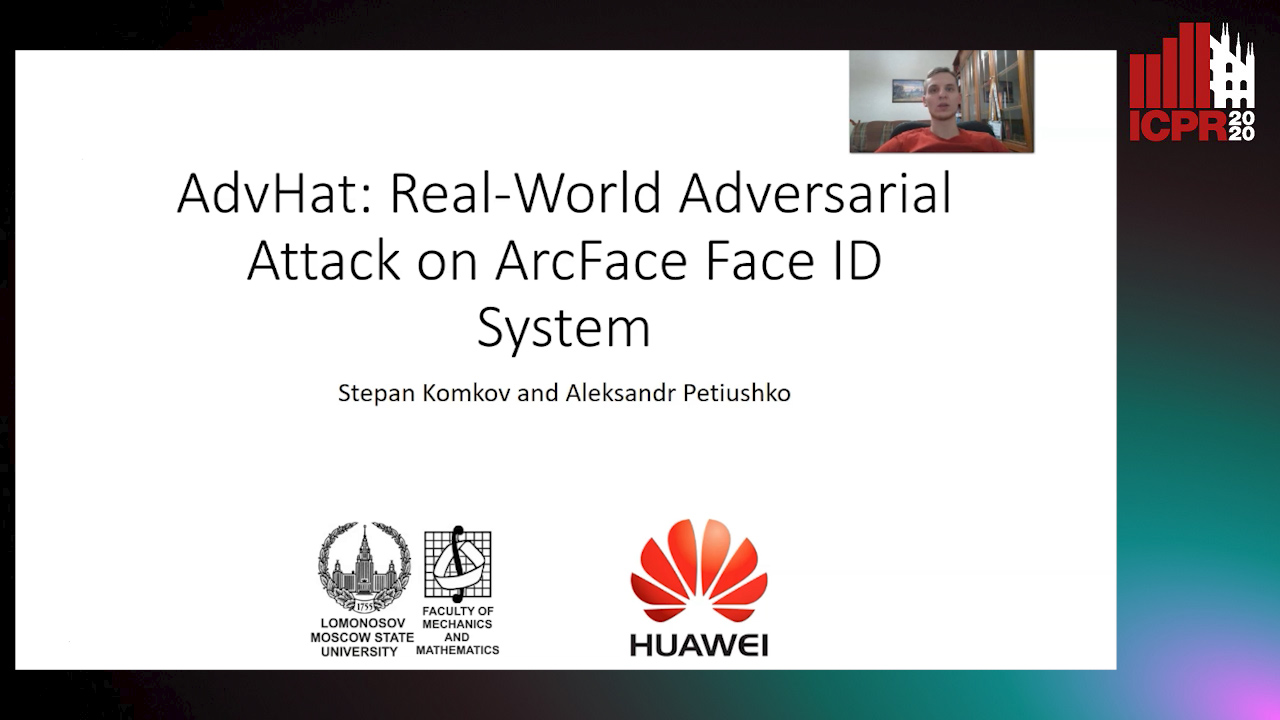
Auto-TLDR; Adversarial Sticker Attack on ArcFace in Shooting Conditions
Abstract Slides Poster Similar
Cost-Effective Adversarial Attacks against Scene Text Recognition
Mingkun Yang, Haitian Zheng, Xiang Bai, Jiebo Luo
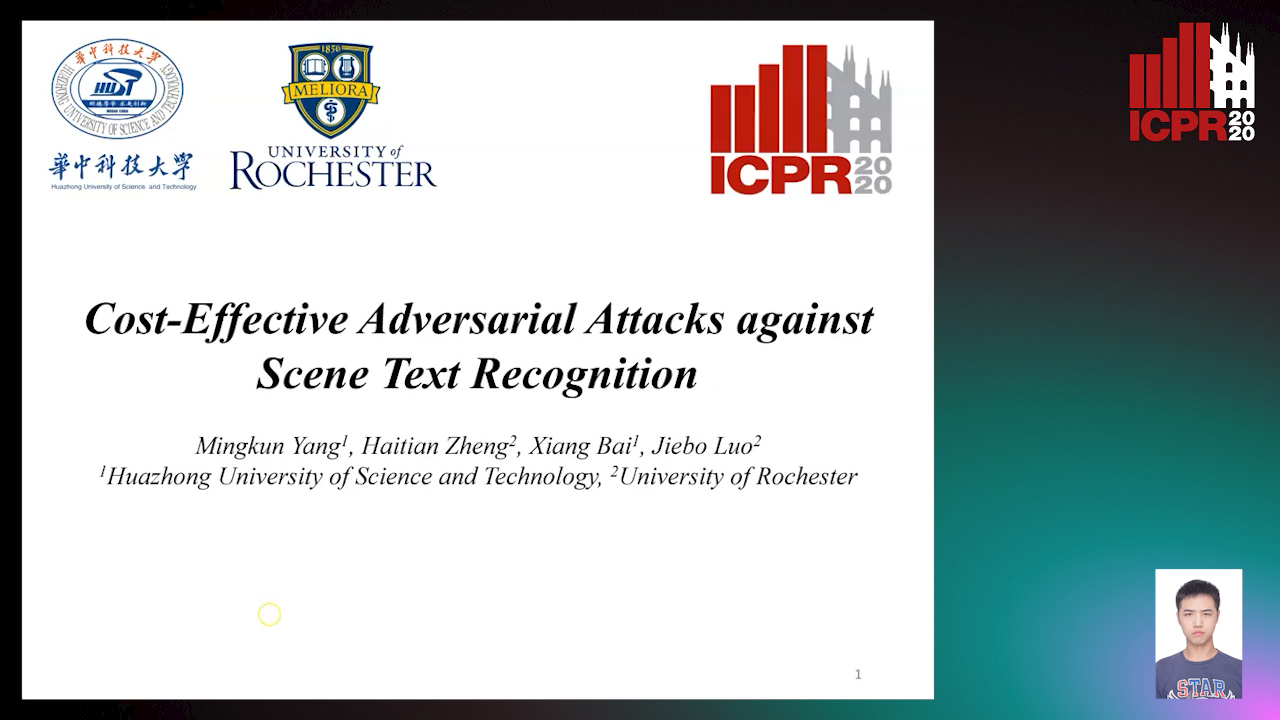
Auto-TLDR; Adversarial Attacks on Scene Text Recognition
Abstract Slides Poster Similar
Delving in the Loss Landscape to Embed Robust Watermarks into Neural Networks
Enzo Tartaglione, Marco Grangetto, Davide Cavagnino, Marco Botta

Auto-TLDR; Watermark Aware Training of Neural Networks
Abstract Slides Poster Similar
Background Invariance by Adversarial Learning
Ricardo Cruz, Ricardo M. Prates, Eduardo F. Simas Filho, Joaquim F. Pinto Costa, Jaime S. Cardoso
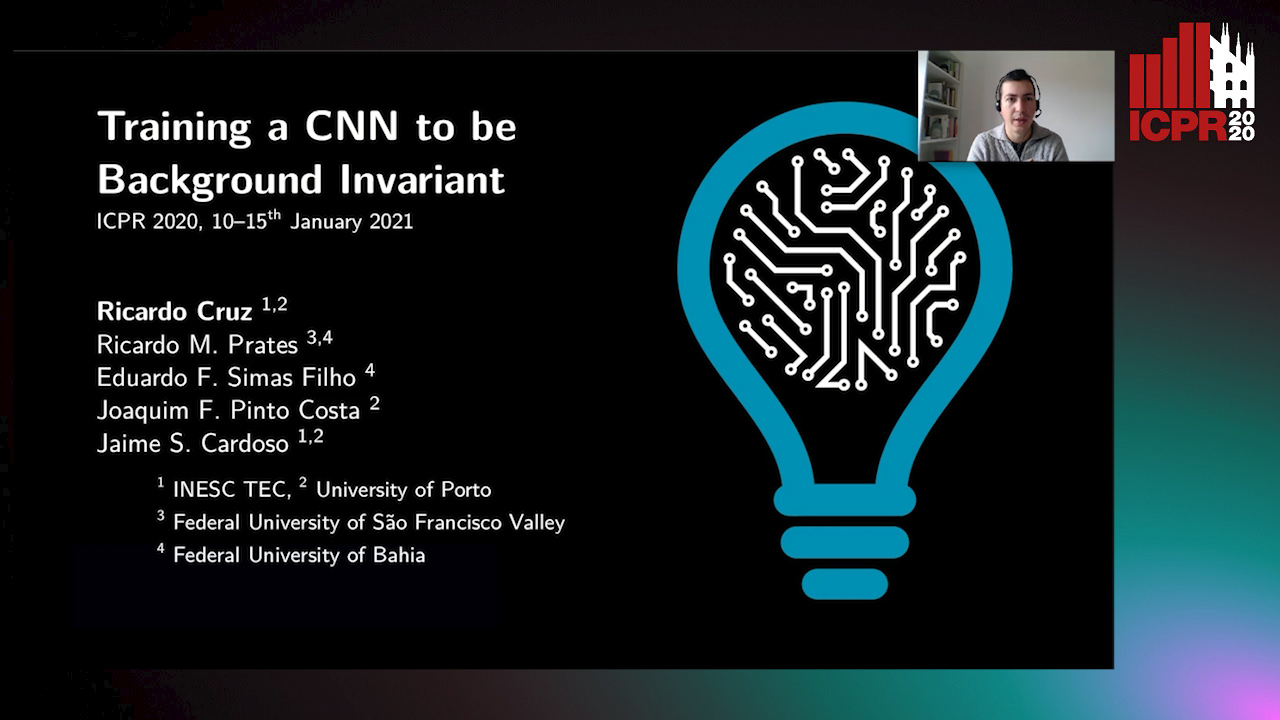
Auto-TLDR; Improving Convolutional Neural Networks for Overhead Power Line Insulators Detection using a Drone
Abstract Slides Poster Similar
Kernel-Based LIME with Feature Dependency Sampling
Sheng Shi, Yangzhou Du, Fan Wei

Auto-TLDR; Local Interpretable Model-agnostic Explanation with Feature Dependency Sampling
Abstract Slides Poster Similar
Separation of Aleatoric and Epistemic Uncertainty in Deterministic Deep Neural Networks
Denis Huseljic, Bernhard Sick, Marek Herde, Daniel Kottke

Auto-TLDR; AE-DNN: Modeling Uncertainty in Deep Neural Networks
Abstract Slides Poster Similar
A Multilinear Sampling Algorithm to Estimate Shapley Values
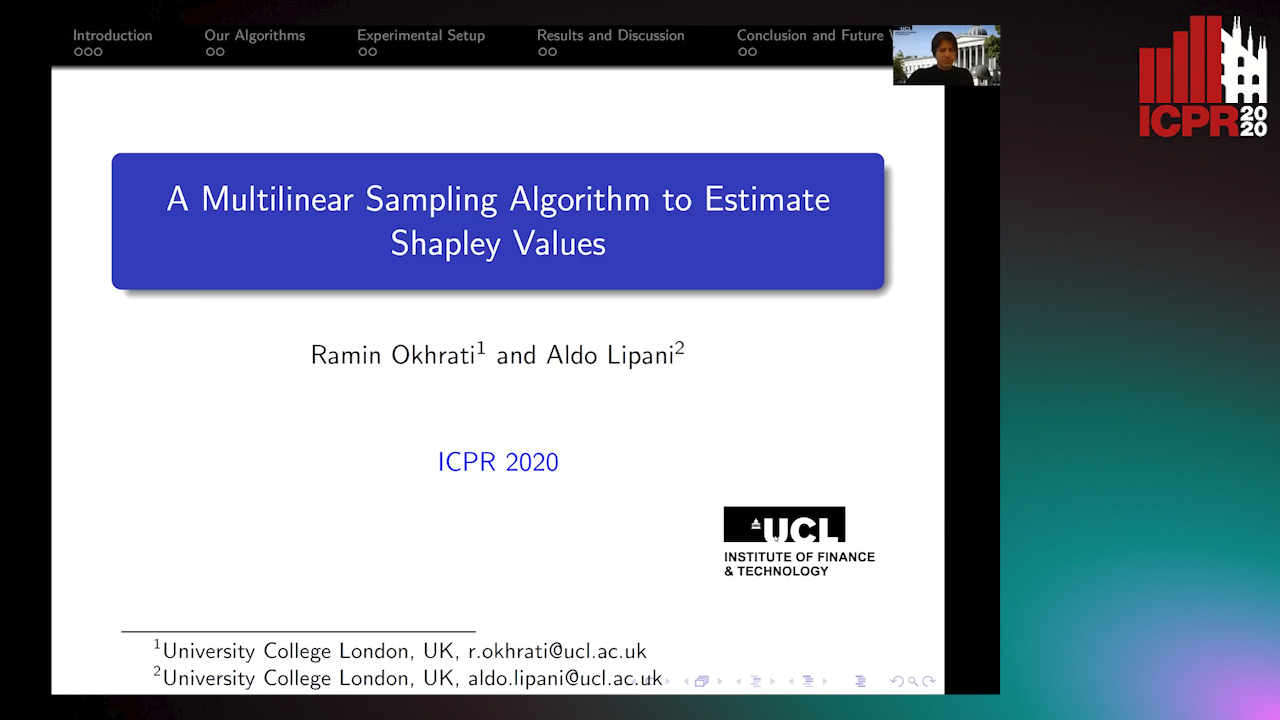
Auto-TLDR; A sampling method for Shapley values for multilayer Perceptrons
Abstract Slides Poster Similar
GAN-Based Gaussian Mixture Model Responsibility Learning
Wanming Huang, Yi Da Xu, Shuai Jiang, Xuan Liang, Ian Oppermann
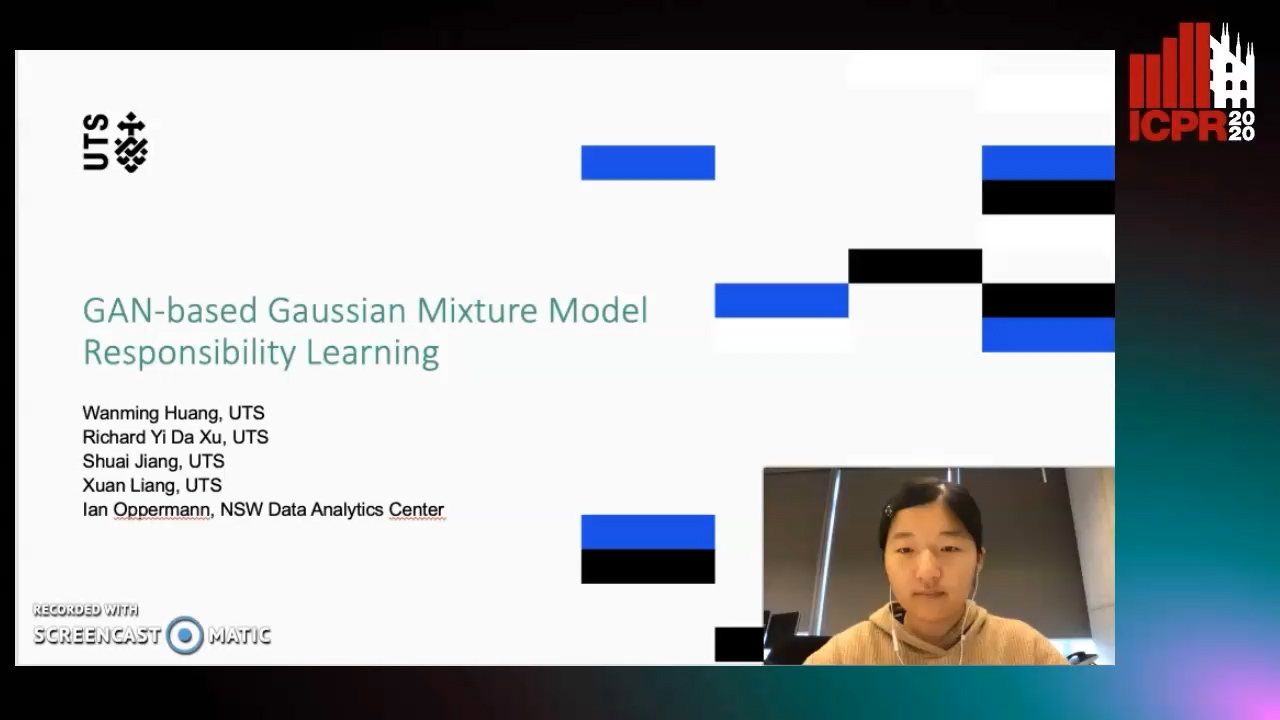
Auto-TLDR; Posterior Consistency Module for Gaussian Mixture Model
Abstract Slides Poster Similar
Hierarchical Routing Mixture of Experts
Wenbo Zhao, Yang Gao, Shahan Ali Memon, Bhiksha Raj, Rita Singh

Auto-TLDR; A Binary Tree-structured Hierarchical Routing Mixture of Experts for Regression
Abstract Slides Poster Similar
An Efficient Empirical Solver for Localized Multiple Kernel Learning Via DNNs
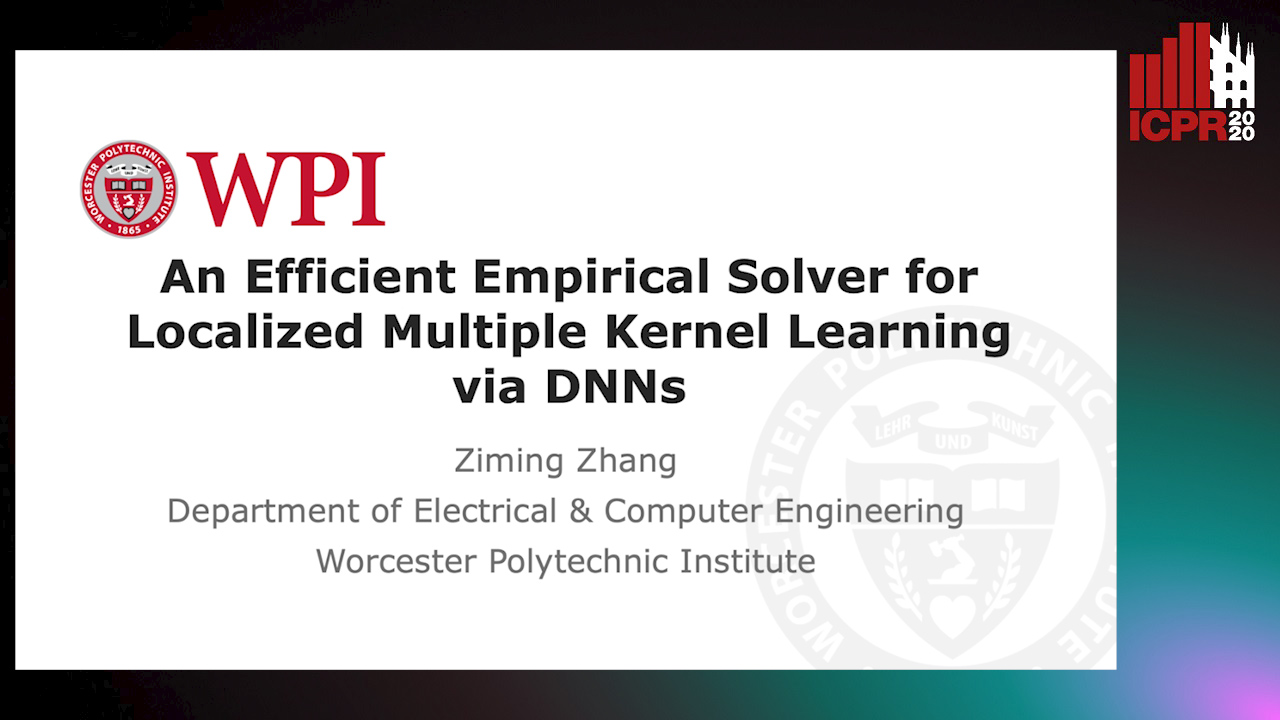
Auto-TLDR; Localized Multiple Kernel Learning using LMKL-Net
Abstract Slides Poster Similar
Stochastic Runge-Kutta Methods and Adaptive SGD-G2 Stochastic Gradient Descent

Auto-TLDR; Adaptive Stochastic Runge Kutta for the Minimization of the Loss Function
Abstract Slides Poster Similar
Generative Latent Implicit Conditional Optimization When Learning from Small Sample

Auto-TLDR; GLICO: Generative Latent Implicit Conditional Optimization for Small Sample Learning
Abstract Slides Poster Similar
Can Data Placement Be Effective for Neural Networks Classification Tasks? Introducing the Orthogonal Loss
Brais Cancela, Veronica Bolon-Canedo, Amparo Alonso-Betanzos

Auto-TLDR; Spatial Placement for Neural Network Training Loss Functions
Abstract Slides Poster Similar
Nearest Neighbor Classification Based on Activation Space of Convolutional Neural Network
Xinbo Ju, Shuo Shao, Huan Long, Weizhe Wang
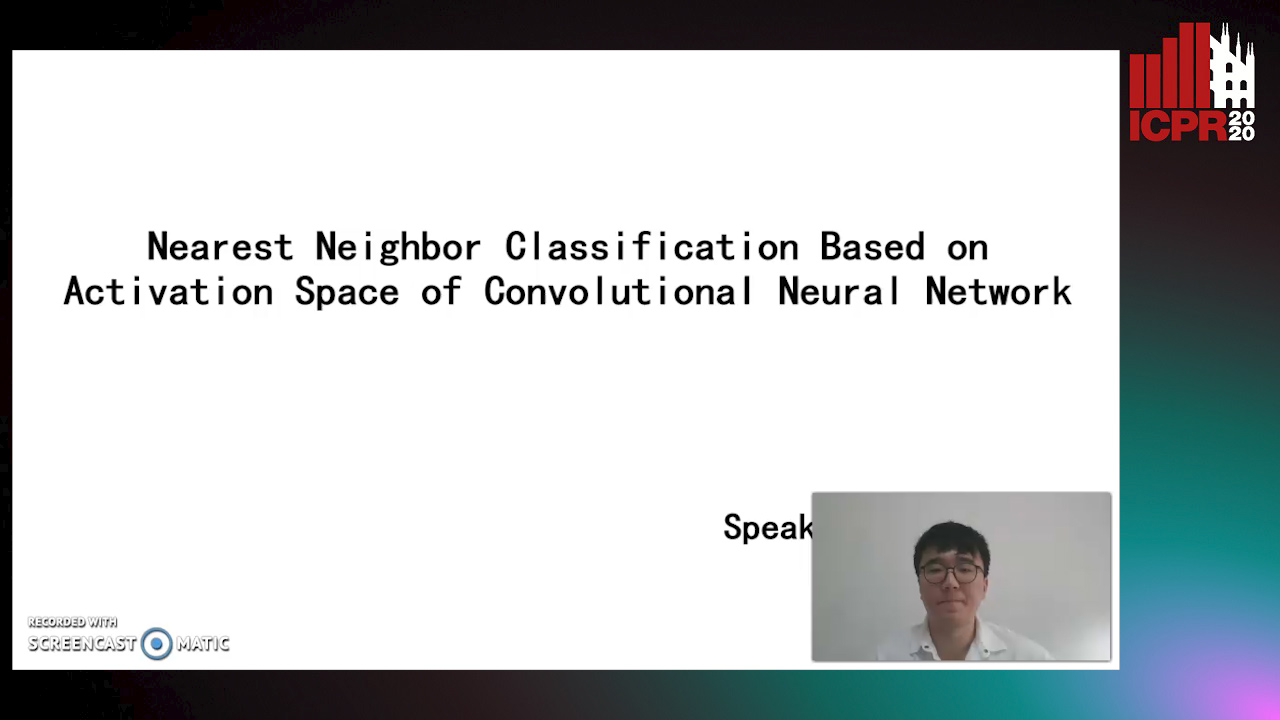
Auto-TLDR; Convolutional Neural Network with Convex Hull Based Classifier
Probability Guided Maxout
Claudio Ferrari, Stefano Berretti, Alberto Del Bimbo

Auto-TLDR; Probability Guided Maxout for CNN Training
Abstract Slides Poster Similar
Adversarial Training for Aspect-Based Sentiment Analysis with BERT
Akbar Karimi, Andrea Prati, Leonardo Rossi
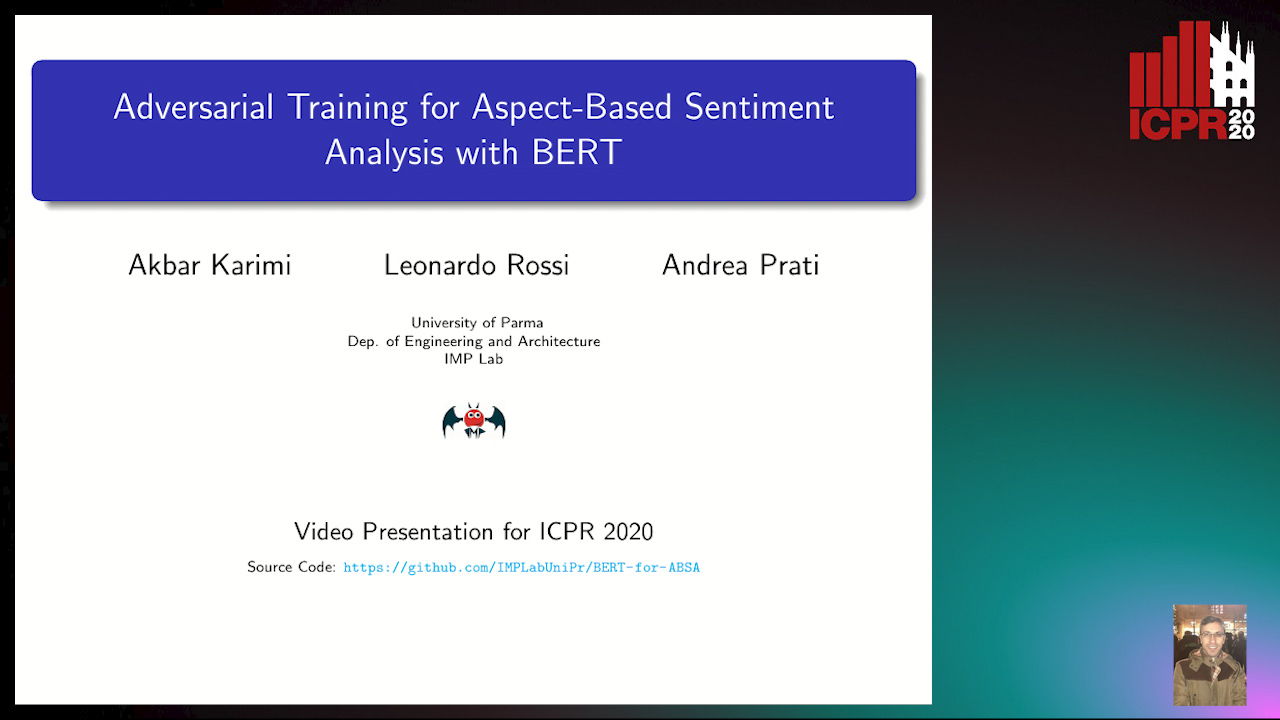
Auto-TLDR; Adversarial Training of BERT for Aspect-Based Sentiment Analysis
Abstract Slides Poster Similar
Learning Sign-Constrained Support Vector Machines
Kenya Tajima, Kouhei Tsuchida, Esmeraldo Ronnie Rey Zara, Naoya Ohta, Tsuyoshi Kato

Auto-TLDR; Constrained Sign Constraints for Learning Linear Support Vector Machine
MINT: Deep Network Compression Via Mutual Information-Based Neuron Trimming
Madan Ravi Ganesh, Jason Corso, Salimeh Yasaei Sekeh
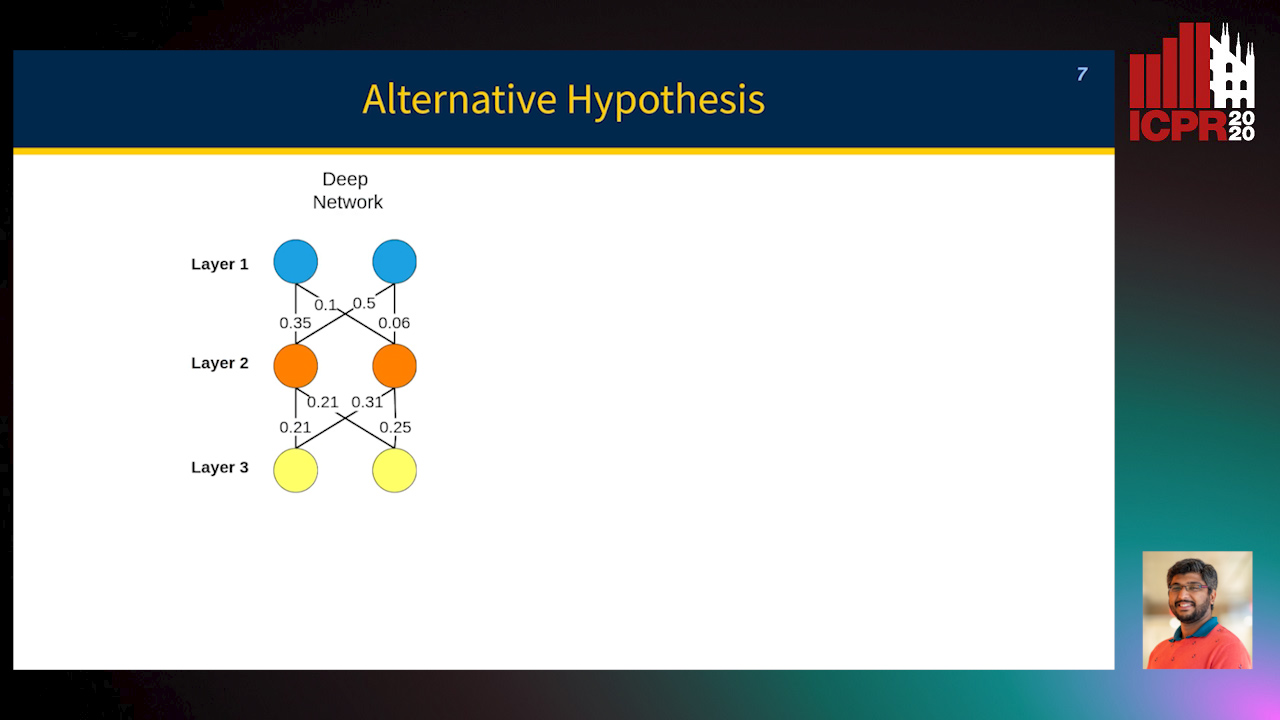
Auto-TLDR; Mutual Information-based Neuron Trimming for Deep Compression via Pruning
Abstract Slides Poster Similar
An Invariance-Guided Stability Criterion for Time Series Clustering Validation
Florent Forest, Alex Mourer, Mustapha Lebbah, Hanane Azzag, Jérôme Lacaille

Auto-TLDR; An invariance-guided method for clustering model selection in time series data
Abstract Slides Poster Similar
Discriminative Multi-Level Reconstruction under Compact Latent Space for One-Class Novelty Detection
Jaewoo Park, Yoon Gyo Jung, Andrew Teoh

Auto-TLDR; Discriminative Compact AE for One-Class novelty detection and Adversarial Example Detection